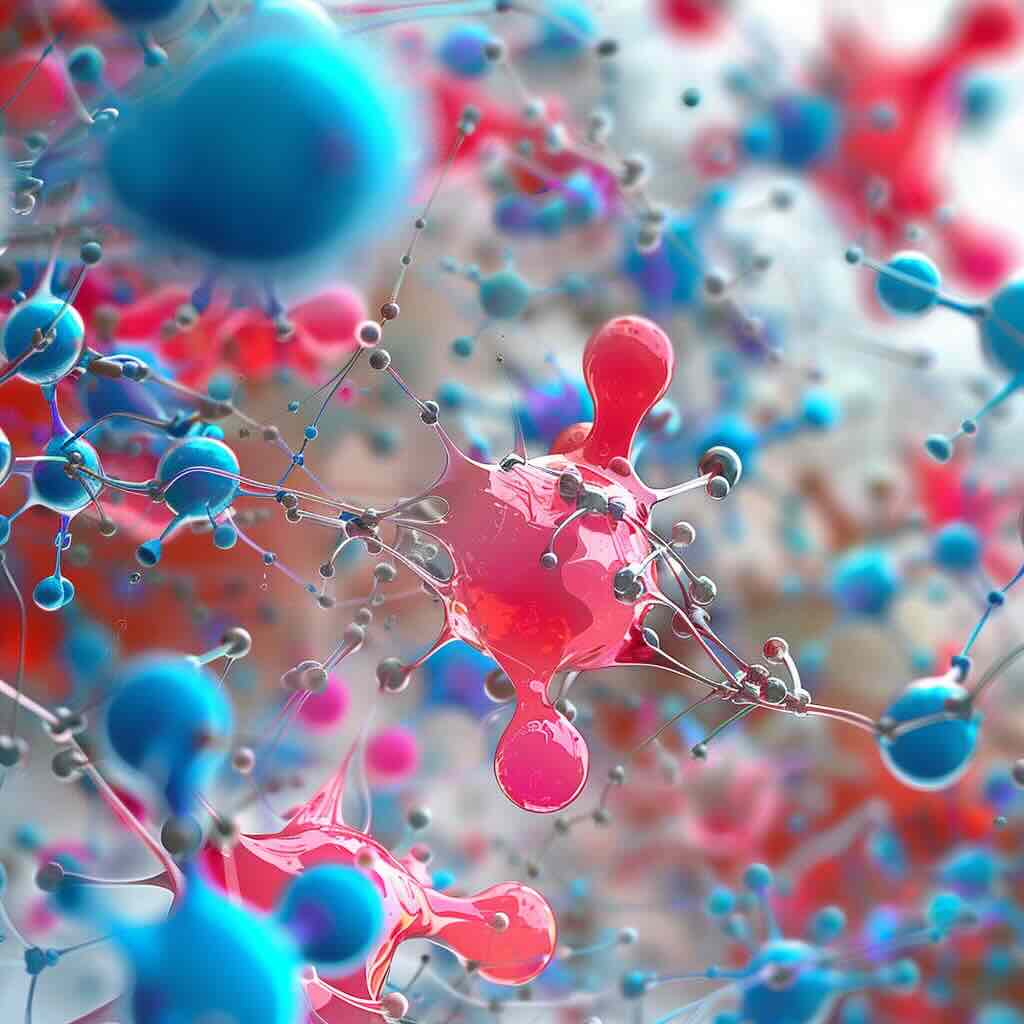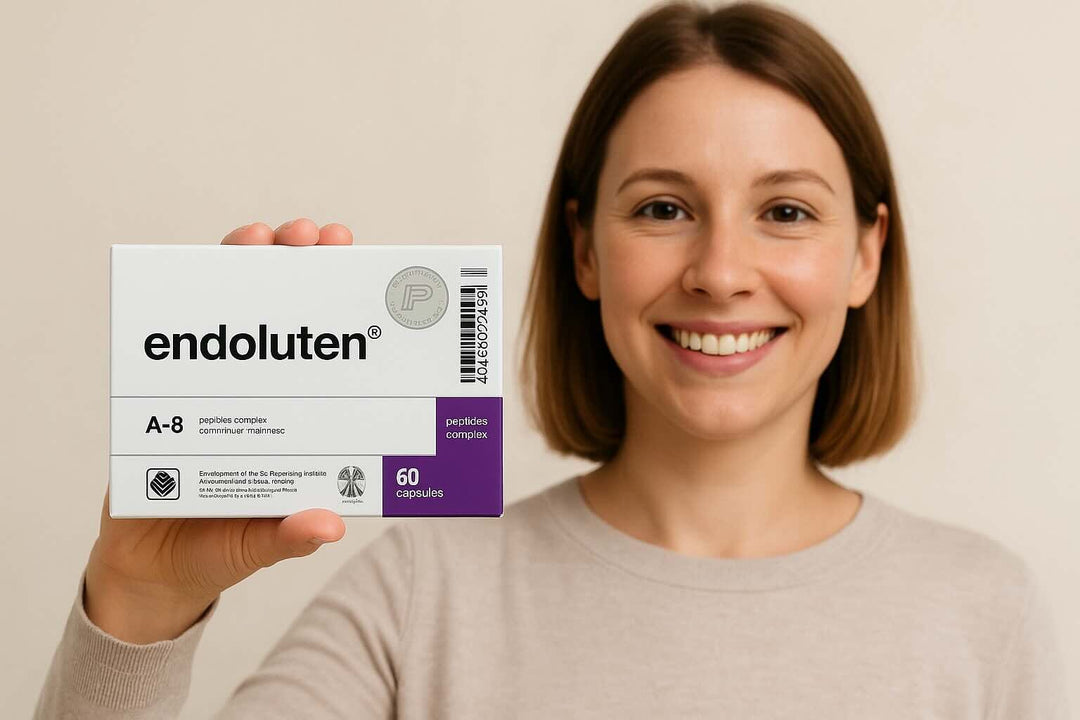There are two important aspects to this definition. First, wellness is not a passive or static state but rather an “active pursuit” that is associated with intentions, choices and actions as we work toward an optimal state of health and wellbeing. Second, wellness is linked to holistic health—that is, it extends beyond physical health and incorporates many different dimensions that should work in harmony.
Wellness is an individual pursuit—we have self-responsibility for our own choices, behaviors and lifestyles—but it is also significantly influenced by the physical, social and cultural environments in which we live.
Wellness is often confused with terms such as health, wellbeing and happiness. While there are common elements among them, wellness is distinguished by not referring to a static state of being (i.e., being happy, in good health, or a state of wellbeing). Rather, wellness is associated with an active process of being aware and making choices that lead toward an outcome of optimal holistic health and wellbeing.
Wellness Is Multidimensional
Wellness is about more than just physical health. Most models of wellness include at least 6 dimensions (and sometimes up to 9 or 12):

- Physical: A healthy body through exercise, nutrition, sleep, etc.
- Mental: Engagement with the world through learning, problem-solving, creativity, etc.
- Emotional: Being in touch with, aware of, accepting of, and able to express one’s feelings (and those of others).
- Spiritual: Our search for meaning and purpose in human existence.
- Social: Connecting with, interacting with, and contributing to other people and our communities.
- Environmental: A healthy physical environment free of hazards; awareness of the role we play in bettering rather than denigrating the natural environment.
The Wellness Continuum
One way to understand wellness is to consider health as a continuum that extends from illness to a state of optimal wellbeing.* On one end, patients with poor health engage the medical paradigm to treat illnesses; they interact reactively and episodically with doctors and clinicians who provide care. On the opposite end, people focus proactively on prevention and maximizing their vitality. They adopt attitudes and lifestyles that prevent disease, improve health, and enhance their quality of life and sense of wellbeing. In other words, wellness is proactive, preventive and driven by self-responsibility. The growth of wellness is the extension of this consumer value and worldview.





